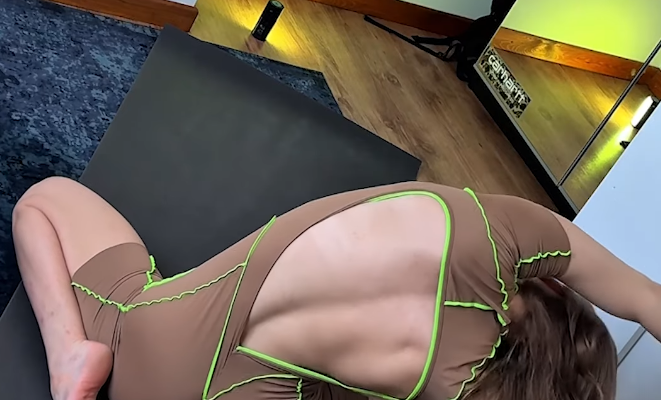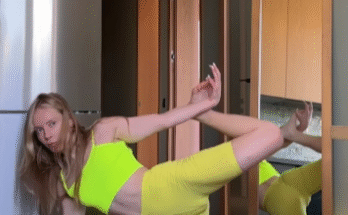Stretching is an essential component of any fitness routine, promoting flexibility, improving mobility, and preventing injuries. While traditional stretching techniques are effective, incorporating props into your practice can provide additional support, deepen stretches, and enhance overall benefits. Whether you are a beginner or an experienced yogi, using props like yoga blocks, straps, bolsters, and resistance bands can help you achieve better alignment, increase range of motion, and make stretching more accessible and enjoyable. In this article, we will explore the advantages of using props, how to use them effectively, and specific stretches that benefit from their use.

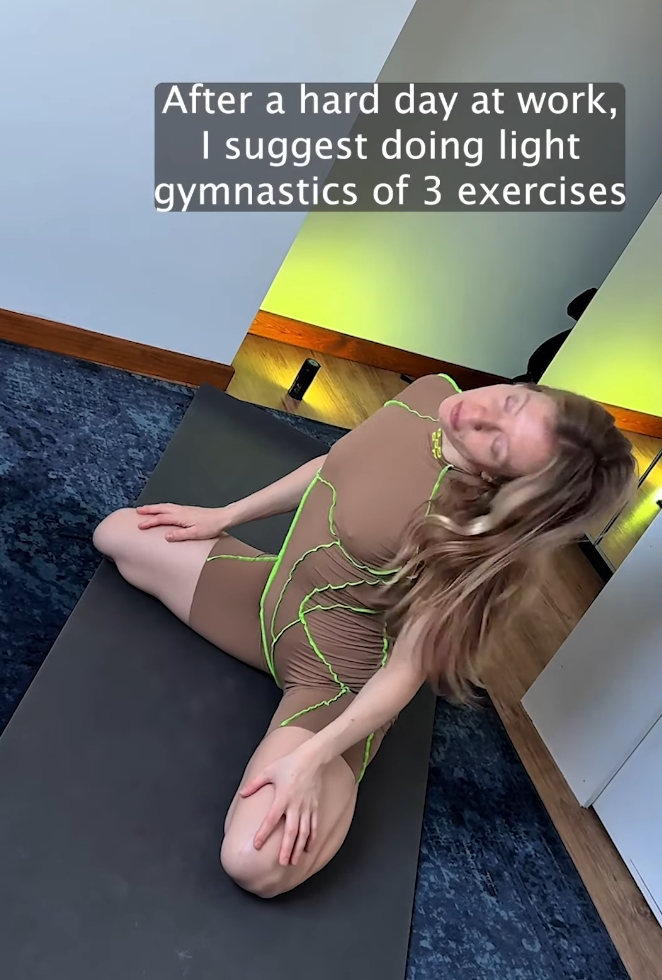
The Benefits of Using Props in Stretching
1. Improved Alignment and Support
One of the main advantages of using props is that they help maintain proper alignment. Many people struggle with flexibility, and forcing the body into a stretch can lead to strain or injury. Props provide necessary support, allowing you to hold poses correctly and safely.

2. Increased Range of Motion
For individuals who have tight muscles or limited flexibility, props can act as an extension of the body, helping to gradually increase range of motion. Over time, using props in your stretching routine can lead to greater flexibility and mobility.
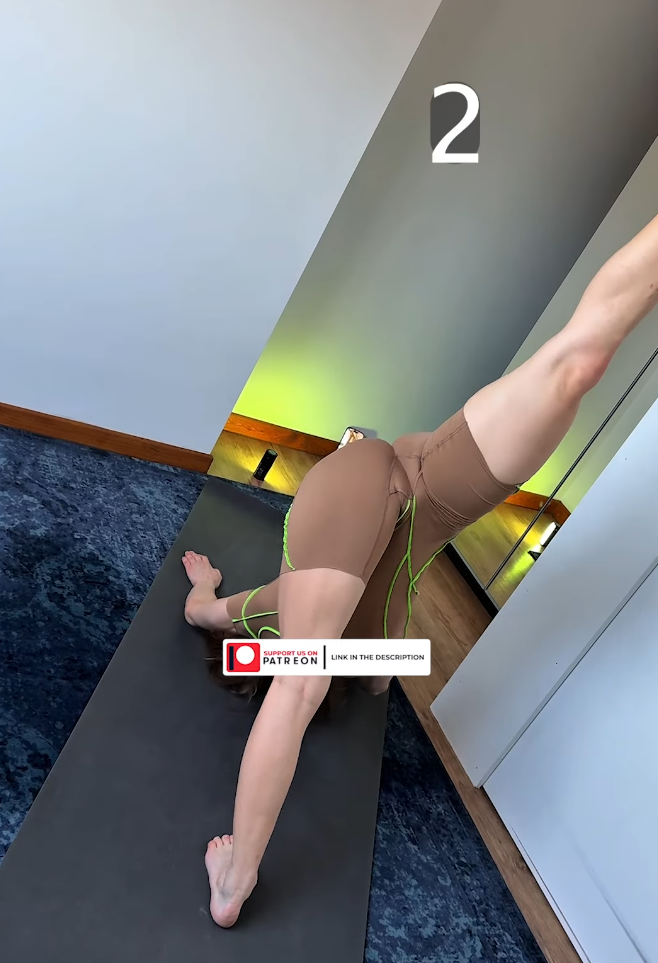
3. Reduced Risk of Injury
When used correctly, props help prevent overstretching, reducing the risk of muscle strain and joint stress. They allow for controlled movements and enable users to modify stretches according to their ability level.
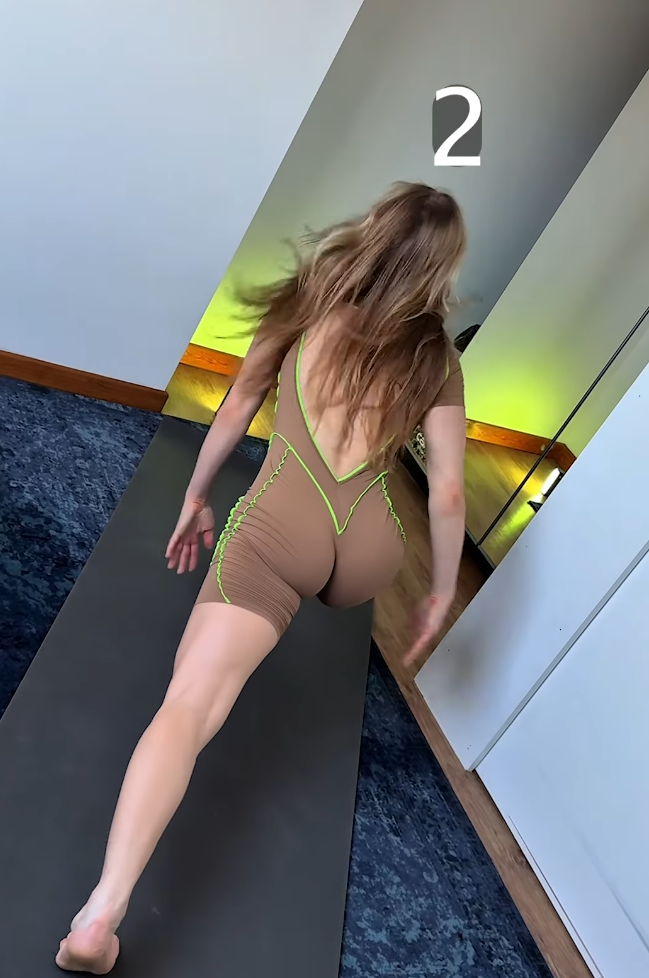
4. Enhanced Relaxation and Comfort
Certain props, such as bolsters and pillows, provide comfort and support, making stretches more relaxing. This is particularly beneficial in restorative yoga and deep stretching sessions, where prolonged holding of poses is required.

1. Yoga Blocks
Yoga blocks are one of the most versatile props, helping to modify stretches and provide support in various poses. They are useful for improving flexibility and maintaining stability in standing and seated stretches.
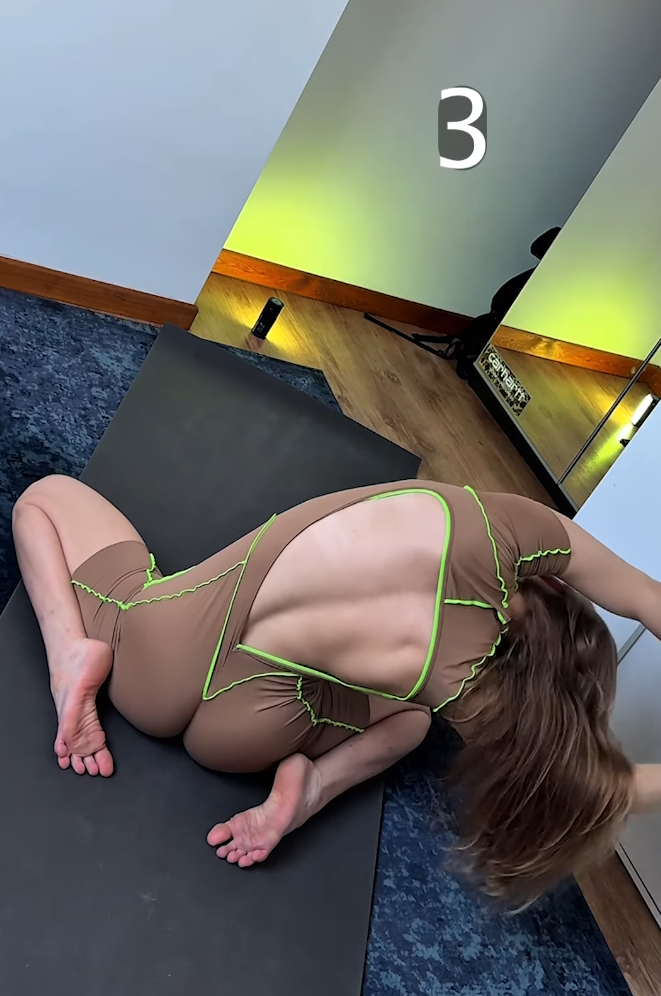
2. Yoga Straps
Yoga straps assist in deepening stretches and improving flexibility by acting as an extension of your limbs. They are especially helpful for individuals with tight hamstrings or limited shoulder mobility.

3. Resistance Bands
Resistance bands offer gentle assistance or added resistance to stretches, helping to improve flexibility and strength simultaneously.
4. Bolsters and Pillows
Bolsters and pillows provide cushioning and support for deep stretches, especially in restorative yoga and passive stretching practices.
5. Foam Rollers
Foam rollers help release muscle tension through self-myofascial release, making them an excellent tool for pre-stretch warm-ups and post-exercise recovery.
How to Use Props in Stretching
1. Seated Forward Fold with a Yoga Strap
This stretch targets the hamstrings and lower back.
- Sit on the floor with your legs extended forward.
- Loop a yoga strap around the soles of your feet, holding the ends with both hands.
- Gently pull on the strap while keeping your back straight, allowing yourself to fold forward without rounding your spine.
- Hold for 30 seconds to 1 minute, breathing deeply.
2. Supported Bridge Pose with a Yoga Block
This pose helps open the chest and relieve lower back tension.
- Lie on your back with your knees bent and feet hip-width apart.
- Place a yoga block under your sacrum (lower back) for support.
- Rest your weight on the block, allowing your hips to open.
- Hold for 1–2 minutes while focusing on deep breathing.
3. Shoulder Stretch with a Yoga Strap
This stretch improves shoulder mobility and posture.
- Hold a yoga strap with both hands, keeping them shoulder-width apart.
- Slowly raise your arms overhead and bring them behind your back, creating a controlled stretch.
- If needed, widen your grip to avoid strain.
- Repeat for 5–10 repetitions, breathing steadily.
4. Reclining Butterfly with a Bolster
This stretch helps open the hips and relax the lower body.
- Sit on the floor and bring the soles of your feet together, allowing your knees to fall open.
- Place a bolster or pillow along your spine and lie back onto it for support.
- Relax your arms at your sides and hold for 2–5 minutes.
5. Quadriceps Stretch with a Resistance Band
This stretch targets the quadriceps and hip flexors.
- Lie on your side and loop a resistance band around your top foot.
- Gently pull your foot toward your glutes using the band for assistance.
- Hold for 30 seconds, then switch sides.
6. Foam Rolling for Muscle Release
Foam rolling is a great way to reduce muscle tightness before stretching.
- Place a foam roller under your calves, hamstrings, or back and gently roll back and forth.
- Apply moderate pressure and focus on tight areas.
- Spend 1–2 minutes on each muscle group.
Tips for Incorporating Props into Your Routine
- Start Slow: If you’re new to using props, take your time to find the right modifications that work for your body.
- Focus on Breath: Deep, steady breathing enhances relaxation and helps you deepen your stretches safely.
- Be Consistent: Incorporate props into your daily stretching routine to maximize benefits over time.
- Listen to Your Body: Use props to avoid overstretching and discomfort. If a stretch feels painful, ease out of it.
- Experiment with Different Props: Each prop offers unique benefits, so explore different tools to discover what works best for you.
Conclusion
Stretching with props is an excellent way to enhance your flexibility, improve alignment, and prevent injuries. Whether you’re using yoga blocks to maintain stability, straps to deepen stretches, or bolsters for added comfort, these tools can make stretching more accessible and effective for individuals of all fitness levels. By incorporating props into your routine, you can safely progress in your flexibility journey while enjoying a more supported and relaxing practice. So grab your props and start stretching—your body will thank you!
